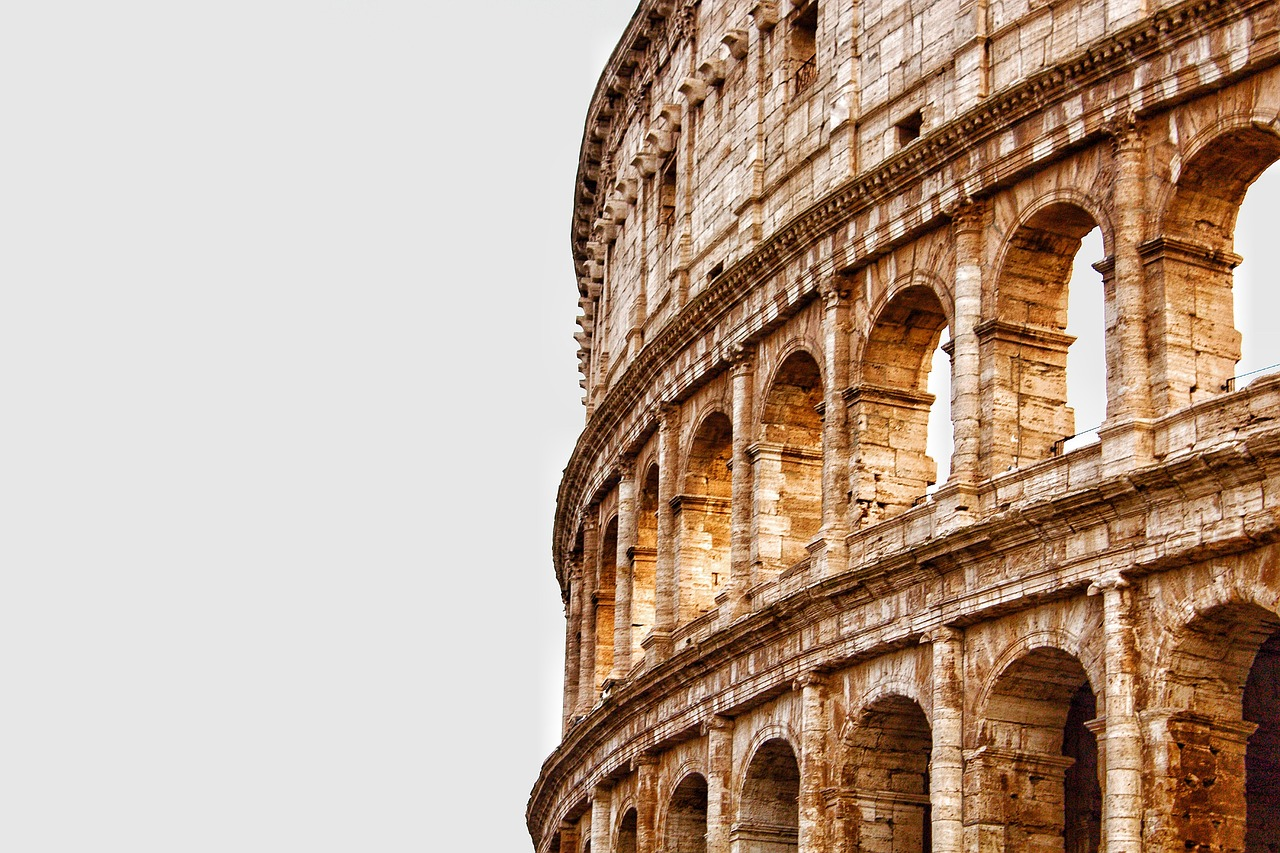Unit 6: Ancient Rome (750 B.C.-A.D. 452) Overview
Unit 6: Ancient Rome (750 B.C.-A.D. 452)

Unit 6: Ancient Rome (750 B.C.-A.D. 452)

Unit 6: Ancient Rome (750 B.C.-A.D. 452)
This unit emphasizes the history and contributions of the ancient Romans and how the Romans influenced modern culture.
Rome, the City of the Seven Hills
Halfway down the Italian peninsula, on the west coast, is a small river called the Tiber. The coastal plain south of the river was known as Latium in ancient times, after the people who lived there—the Latins. These people were shepherds and farmers.
In the hill country to the west lived the Sabines, distant kinsmen of the Latins. They had moved into the peninsula from central Europe before 1000 BC and had vanquished the original inhabitants, a dark people. The people conquered by the Sabines had probably begun to move from Africa about 10,000 BC as the Sahara gradually turned to desert.
On the left bank of the Tiber River rise seven low hills. At this point the river is shallow and easy to cross. Latin merchants built a village on one of the hills—called the Palatine—in order to trade with the wealthy Etruscans, who lived north of the river. Settlements were later built on the other hills also. The towns on the seven hills finally joined to make one city, Rome.
Unit Focus
- events and circumstances which led to the rise of Rome as an empire
- reasons for the decline of Rome as an empire
- contributions of ancient Roman civilization
Vocabulary
Lesson Reading

